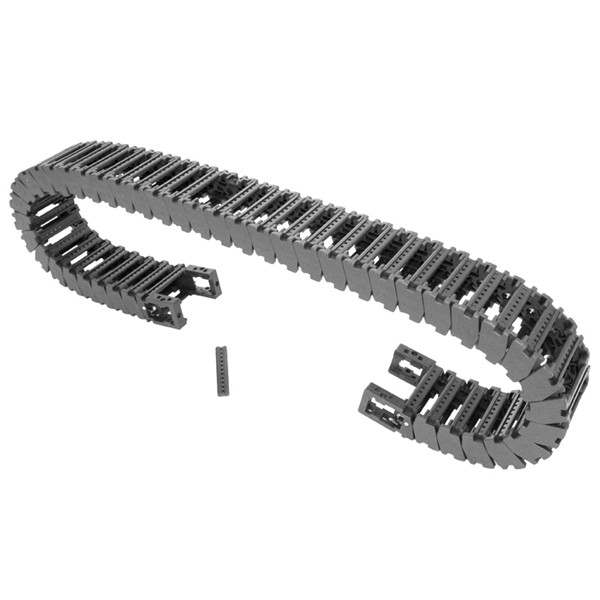drag chain for cnc
Understanding Drag Chains for CNC Machines
Drag chains, often known as cable carriers or energy chains, play a critical role in the automation and operation of CNC (Computer Numerical Control) machines. Their primary function is to manage and protect the various cables and hoses that supply power, data, and fluids necessary for the functioning of CNC equipment. As the world of manufacturing evolves, the importance of drag chains continues to grow, providing significant benefits in terms of efficiency, safety, and longevity.
What Are Drag Chains?
Drag chains are mechanical systems designed to guide and secure moving cables and hoses in a predefined path. Made from durable materials such as plastic or metal, these chains are engineered to withstand repeated motion and stress. They consist of a series of interconnected links that form a channel, allowing cables and hoses to be pulled in and out without tangling or becoming damaged. By organizing these components, drag chains enhance the overall performance and reliability of CNC machines.
Importance in CNC Machining
1. Cable Management One of the primary benefits of drag chains is their ability to keep cables organized. In CNC machines, where numerous hoses and cables are present, a drag chain prevents tangling, reduces wear and tear, and minimizes the risk of damage. Proper cable management leads to less downtime and more efficient operations.
drag chain for cnc

2. Protection from Damage CNC machines often operate in environments where the risk of abrasion, impact, or exposure to harsh chemicals exists. Drag chains provide a protective barrier around the cables and hoses, guarding against potential damage that could disrupt operations and lead to costly repairs.
3. Enhanced Mobility CNC machines are designed to operate with high precision and speed. Drag chains facilitate the smooth movement of cables and hoses, allowing for unhindered motion of the machine's components. This mobility contributes to improved machining accuracy and cycle times, ultimately leading to increased productivity.
4. Safety Considerations Uncontained cables can pose substantial safety hazards, including tripping risks and electrical hazards. By housing cables within a drag chain, CNC operators can create a safer work environment. This organized system helps in preventing accidents and injuries in the workshop.
5. Customization Options Drag chains are available in various sizes, shapes, and materials, offering customization based on specific CNC machine requirements. Manufacturers can choose drag chains that best fit their operational capacity, ensuring optimal performance and durability.
Conclusion
In the fast-paced world of CNC machining, the role of drag chains cannot be overlooked. They provide vital support in managing cables and hoses, enhancing the safety and efficiency of CNC operations. With their ability to protect critical components and facilitate seamless movement, drag chains contribute significantly to the longevity and reliability of CNC machines. As technology advances, the design and functionality of drag chains will continue to evolve, further enhancing their importance in the manufacturing process. Investing in quality drag chains is essential for any CNC operation seeking to optimize performance and minimize downtime.








